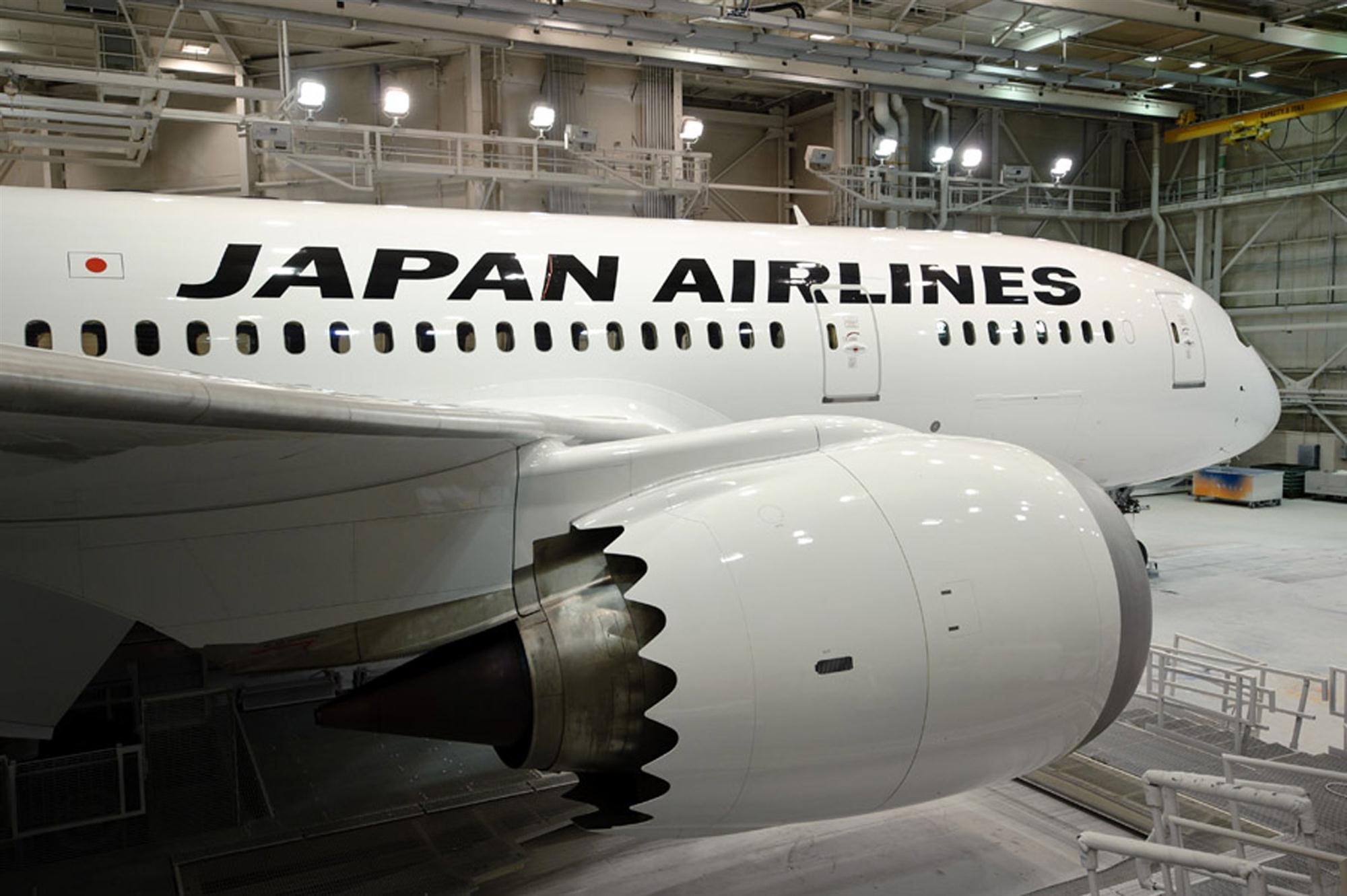Japan Airlines is strengthening its ties with air cargo IT provider CHAMP Cargosystems in an effort to engage better with clients and partners and to develop new, superior offerings. To that end, the pair have signed a partnership agreement that looks to build on their collaboration since 2014, when the Asian carrier adopted a suite of cargo management applications from the technology provider.
Back then, JAL Cargo took on the Cargospot system that gives carriers end-to-end control over the sale, operation and management of cargo. Having first deployed it in the domestic market, the carrier extended it into the international arena the following year.
“It helped us a lot to centrally control transport data of both domestic and international cargo and provide J-LINK, a smooth transport service connecting domestic and international flights,” said Kensuke Tsuchida, a spokesman for JAL Cargo.
According to the technology firm, the pair have co-operated on a number of initiatives since then. In addition to Cargospot, CHAMP supplied the airline with its Business Intelligence tool, the ULD Manager asset management system and the Customs Gateway reporting system.
The new partnership agreement will involve a number of projects that seek to leverage IT to provide value to JAL’s customer base. The airline has indicated that it wants to optimize processes to enable a seamless engagement with its customers and other business partners.

First on the agenda is the development of a new booking portal for domestic cargo, Tsuchida stated.
“For customers it will be more convenient with a specific portal site for reservation. More information such as flight space, including transit routes, could be provided through the portal site,” he explained, adding that this should simplify the process from the current setup using e-mail, fax or phone.
In addition to making the reservation process simpler and more convenient, JAL is also looking to the partnership to help standardize processes using more electronic channels like the e-air waybill. Tsuchida noted that a lot of documents still require manual handling.
The collaboration will likely extend to the further refinement of services and the development of new sources of revenue, which are part of JAL’s Medium Term Management Plan for the 2017-2020 period, which was unveiled in April. Its broad objectives are to turn JAL into a “truly global airline,” to continue sustainable growth and to create new values.
The third of these calls for the development of new business opportunities and calls on the cargo division to create new values by thinking outside the box.
“We will take action to expand into new business domains such as creating and nurturing new profit resources by leveraging our strengths,” said Tsuchida. In light of the strong demand in international cargo, the carrier will have to improve its marketing skills to maximize revenues with deeper revenue management and more efficient ways of using its space, he added.
JAL’s capacity is set to rise in fiscal 2019, when the Airbus A350-900 will join its fleet. The airline has ordered 18 of the type as well as 13 of the larger A350-1000s, with options for another 25 planes. JAL president Yoshiharu Ueki said in late September that the carrier may exercise some of these options to boost capacity for international growth, but did not specify how many. The airline also ordered four more Boeing 787s in September.
These measures will beef up its capacity in the run-up to the 2020 Summer Olympics in Tokyo. JAL has signalled interest in launching routes to Cambodia and Myanmar to boost its footprint in Southeast Asia and in beefing up its capacity to North America.
Looking west, JAL can look forward to more cargo growth on its European routes, following the signing of a free trade agreement between Japan and the European Union in early December. Between them, Japan and the EU account for about 30% of global output.
By Ian Putzger
Air Freight Correspondent | Toronto